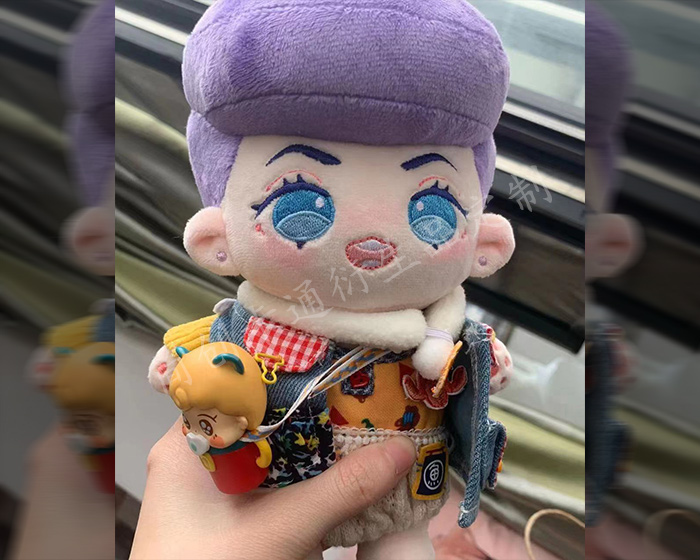The behavior of humping stuffed animals, often referred to as “mounting,” can be a source of confusion for many. While it is more commonly associated with pets, children and even adults may exhibit this behavior with plush toys. Understanding the context and reasons behind it can help clarify whether it’s considered normal.
1. Developmental Behavior in Children
For young children, humping stuffed animals is often a normal part of their exploration of their own bodies and the world around them. Children are naturally curious and may engage in this behavior as a means of self-soothing or comfort. It can also be a way for them to express feelings of excitement, frustration, or even boredom. As part of their developmental process, children learn about boundaries, social norms, and appropriate behaviors, and this phase is often transient.
2. Play and Imagination
Children use their imagination during play, and humping a stuffed animal can be a form of imaginative play. It may mimic behaviors they observe in pets or other animals, allowing them to explore themes of dominance, affection, or care. In this context, it’s less about sexual behavior and more about a child’s attempt to make sense of their environment through play.
3. Stress Relief and Comfort
For both children and adults, Stuffed Animals often serve as sources of comfort and emotional support. Engaging in behaviors like humping can provide a sense of stress relief or emotional release. This behavior can also stem from anxiety or the need for sensory stimulation. In these cases, the act may provide a momentary escape or comfort, similar to how someone might fidget or engage in other repetitive behaviors.
4. Social and Environmental Influences
Sometimes, external factors can influence this behavior. Children who witness animals engaging in similar actions may imitate them. Similarly, exposure to certain media, like movies or cartoons featuring animal characters, can lead to curiosity and mimicry. It’s essential for caregivers to approach the situation with understanding rather than judgment, recognizing that children often learn through observation.
5. When to Be Concerned
While humping stuffed animals can be normal behavior, it’s essential to monitor the frequency and context. If the behavior becomes excessive, aggressive, or is accompanied by distress, it may be a sign of underlying emotional issues that need to be addressed. Similarly, if it occurs in inappropriate situations or settings, it may warrant a discussion about boundaries and acceptable behavior.
6. Guidance and Education
For parents and caregivers, the key is to provide guidance in a supportive manner. If a child is engaging in this behavior, it can be helpful to gently redirect them to more appropriate forms of play or expression. Open conversations about boundaries, privacy, and appropriate behavior can aid in their understanding as they grow.
Conclusion
Humping stuffed animals is generally a normal behavior for children and can occur in adults as well, often tied to comfort or stress relief. While it is essential to monitor the behavior and provide appropriate guidance, understanding the underlying motivations can help caregivers address any concerns effectively. By fostering a supportive environment, children can navigate their feelings and behaviors as they grow and learn about social norms.
The following are some examples of plush toys that our factory customizes for customers. Check out if there is one that you like best.
-
Custom Animal Plush
-
Cute Plush Doll
-
Custom Stuffed Animals
-
Plush Toy
-
Plush Dolls
-
Custom Stuffed Dolls
-
Custom Plush Toy
-
Cotton Dolls
-
Weighted Plush Toys
-
Cute Stuffed Animals
-
Custom Pet Stuffed Animal
-
Warmies Stuffed Animals
-
Weighted Stuffed Animal
-
Soft Toys
-
Plush Stuffed Doll
-
Custom Stuffed Dolls
-
Plush Maker
-
Bear Stuffed Toy
-
Anime Plush
-
Custom Stuffed Animal
-
Anime Plush
-
Custom Plush Toy
-
Personalised Stuffed Animal
-
Plush Animal Toys
-
Custom Plush Makers
-
Custom Plushies
-
Toy Manufacturer
-
Rag Doll Making
-
Custom Toys
-
Dog Plush Toys
-
Custom Rag Doll
-
Stuffed Animals
-
Custom Plush
-
Custom Plush Dolls
-
20cm Cotton Doll
-
Jojo Plush
-
Custom Doll
-
Jojo Doll
-
Large Plush Toys
-
15cm Cotton Doll
-
Dumpling Plush
-
Cotton Doll


























